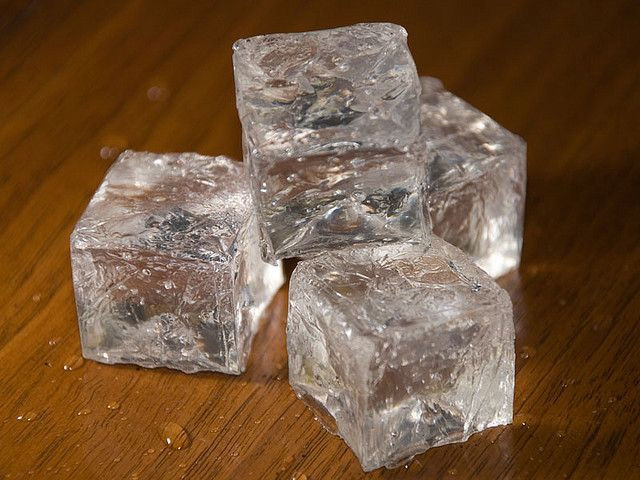Beijing Ice Machines Teeming With Bacteria; U.S. Fast-Food Ice As Contaminated As Toilet Water Too

Ice machines can easily become one of the most neglected appliances in any restaurant, a transmitter for grime and bacteria into your drink. In a program that aired Saturday night on China Central Television (CCTV), reporters found three ice samples that failed to meet China's standards for bacteria in drinking water, with two of them even dirtier than toilet water.
The reporters found that ice from a KFC in the Chongwenmen district of Beijing had contamination levels that were 12 times higher than toilet water and 19 times higher than China's standard for drinking water of 100 colony-forming units (CFU) of bacteria, the Huffington Post reported.
A branch of the Chinese fast-food restaurant Kongfu also had ice with bacteria levels six times higher than toilet water, while a McDonald's branch had ice that was cleaner than toilet water, but still more bacteria-laden than the national standard. All three chains issued apologies.
"We want to reassure you that we have immediately addressed the problem with the ice at this restaurant," Yum Brands, parent company of KFC, told The Wall Street Journal. "Food safety is the most important thing for us and we will ensure our strict operating procedures are followed."
A food safety expert interviewed for the segment said that bacteria could cause dysentery and diarrhea. However, the expert didn't comment on what type of bacteria it was, according to Quartz.
Dirty ice, which comes from moldy ice machines, is surprisingly common. Last month, the Daily Mail analyzed 10 fast food restaurants' ice, including at McDonald's, Burger King, KFC, and Starbucks. They found that six of the restaurants had CFUs higher than that of their toilet water, with four of them having enough microbes to be considered a "hygiene risk."
Contaminated ice isn't a stranger to the U.S. either. In 2006, 12-year-old Jasmine Roberts collected ice samples from five South Florida restaurants, and found that 70 percent of them were dirtier than the toilet water. Roberts, who collected the samples for a science project, even found E. coli in some cases.
E. coli bacteria, which are normally found in the intestines of people and animals, can cause illnesses when transmitted through contaminated food or water, including urinary tract infections, diarrhea, respiratory illnesses, and pneumonia.
"These [bacteria] don't belong here," said Dr. David Katz, a medical contributor to Good Morning America, where Roberts spoke about her project. "It's not cause for panic, although it is alarming because what she found is nothing new. You're not more likely to get sick now. But she's done us a favor by sounding the alarm."
But why are ice machines often overlooked?
"People assume because were freezing it and it's being put in a freezer that it's going to kill the contaminates or bacteria which is false," Brian Washnock, owner of ice distributor Summit Ice, told ABC Salt Lake City.
"This is a warning," Dr. Melody Greenwood, former laboratory director for the Health Protection Agency, told the Daily Mail. "It is easy to forget ice can carry bacteria because they think it is too cold for germs, but that is far from the truth. Nasty bugs such as E. coli can lurk in ice machines."
"This is caused by things such as a failure to clean machines and scoops used by staff." To see how dirty an ice machine could get, check out the video below.



























